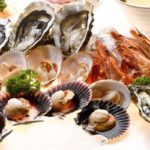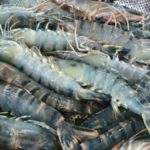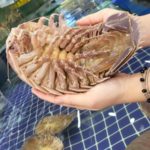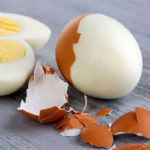One of the calcium-rich and easily digestible foods is shrimp. Most parents think of shrimp when they think of calcium. However, whether shrimp shells have calcium or not is still unclear to many people. The folk tradition has it that shrimp shells are rich in calcium because with calcium they create a hard shell … like that.
Shrimp shells don’t have calcium
Shrimp is a food rich in protein, calcium, vitamins, and minerals. But the belief that shrimp shells are rich in calcium is wrong. Modern medicine analyzes the composition and finds that shrimp shells practically have no calcium, calcium is in the shrimp meat. The component that makes up the shrimp shell is chitin, a polymer that helps create a hard shell. That’s why the belief that eating shrimp shells provides calcium is wrong. Moreover, young children who eat shrimp shells can choke, or if they don’t chew carefully, the hard shells can cause irritation and damage to the esophagus and tongue. Some people are allergic to shrimp shells.

Shrimp heads should not be eaten either
Apart from the shrimp shells, many people also believe that shrimp heads are rich in calcium. Shrimp heads have become a special dish as fried shrimp heads. However, the head is also not good because it contains shrimp waste, which can pose a heavy metal hazard to children. Ingesting heavy metals can accumulate in the body for a long time, especially in young children, it is not good for their development, the risk of heavy metal contamination can lead to anemia, iron deficiency, and delayed growth.
Therefore, it is best to peel the shrimp head and not let children eat this part. Adults should also avoid eating it.
The black thread on the back of the shrimp is often dirty due to waste material, so there is a risk of bacterial contamination. Therefore, it is also advisable to remove the back thread of the shrimp.
To supplement calcium for children, parents should give them shrimp meat.
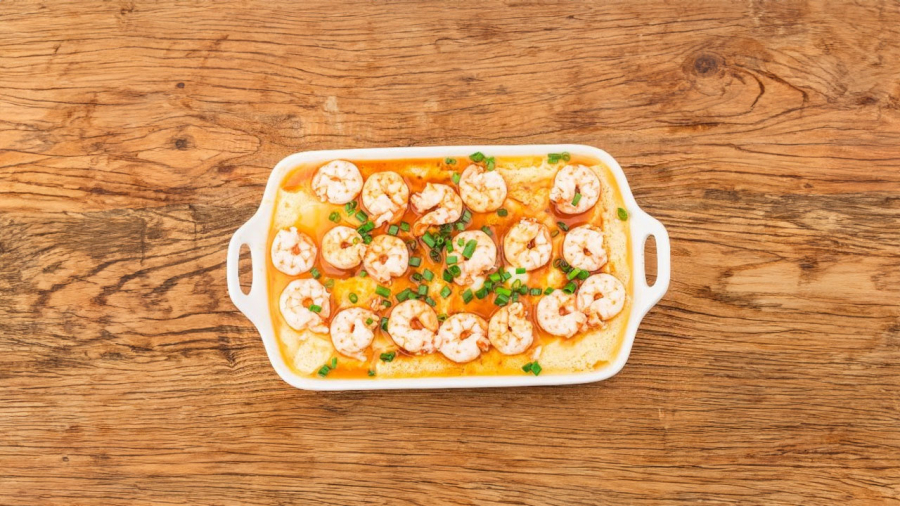
Is it good for children to eat shrimp?
Shrimp is a good food for children. However, allergic reactions to shrimp should be avoided. When starting solid foods, parents should give the child a small amount to test for any allergic reactions. There are many benefits to supplementing shrimp for children:
Enhances calcium and protein for growth
Shrimp is a nutritious food that is easy to eat, so supplementing shrimp is a way to enhance nutrition for children’s growth. For children without allergies, shrimp is a good and healthy form of nutrition.
Good for the brain and intelligence
Because of the high content of vitamin B12 and omega 3, shrimp is believed to help enhance brain function and contribute to the better development of intelligence in children.
Boosts the immune system
Shrimp is rich in zinc, which helps boost the immune system. This mineral is essential for the development of immune defense cells in the body.
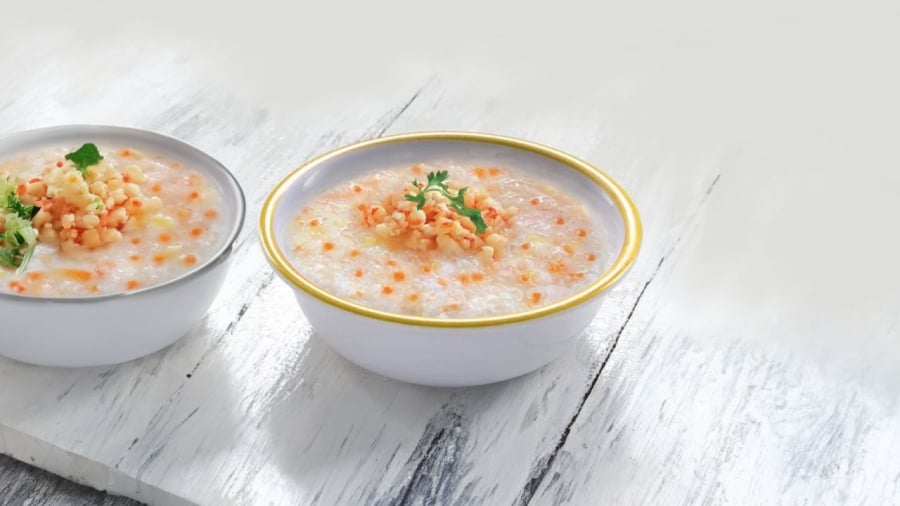
Notes when feeding shrimp to children:
It is advisable to give children shrimp meat, and when introducing solid foods, try a small amount to check for any allergic reactions in children. Shrimp is very nutritious, so for children eating solid foods, just 2 shrimp per meal is enough, do not overfeed as excess substances can make it difficult for children to absorb. However, if children get bored with eating, it can cause waste and digestive problems.
Shrimp is very nutritious, but when shrimp is spoiled, the protein converts into a toxic substance, which can pose a risk of death. Therefore, never eat spoiled shrimp.
When feeding children shrimp, it is recommended to peel the shells to prevent children from choking on shrimp shells.
It is better to give children small shrimp, with soft shells and soft bodies, which are easy to eat and rich in nutrients.
Shrimp is a very good food, so you can give children shrimp 3-4 times a week, combined with other foods. Shrimp can be used to make porridge, soup, steamed shrimp, fried shrimp for children, depending on their age.
How to Choose Fresh Seafood: Important Cabinet Tips
In recent years, concerns have been raised over the practice of injecting urea and chemicals into seafood, making it difficult to find safe and fresh options. To help, DienmayXANH.com offers some tips on how to select the best seafood available. Seafood is a rich, delicious, and nutritious source of food, and this advice will help ensure you make the most of it.
Tips for Buying Safe, Non-Chemically Enhanced Shrimp
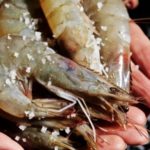 Shrimp‘>
Shrimp‘>Looking for a quick and nutritious meal? GREEN SHOP has got you covered with their tips and advice on buying safe and fresh shrimp! Learn how to make a delicious dish that is both easy to cook and enjoy, without the worry of potentially harmful chemicals.
























